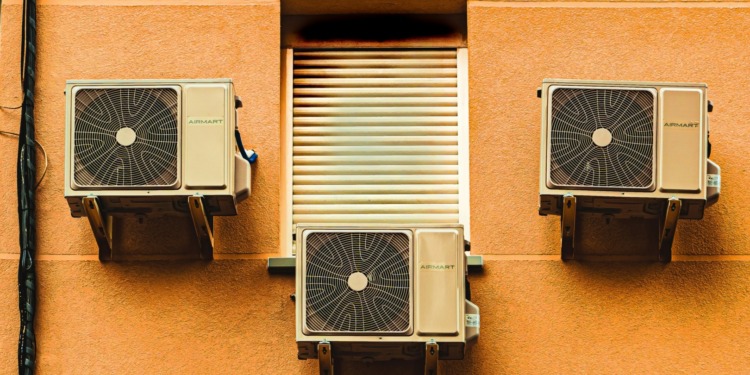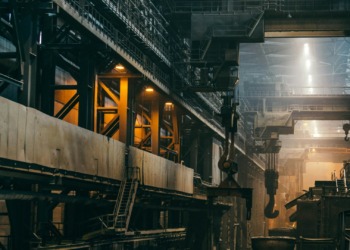In another move toward achieving the EU Green Deal goals, the European Union (EU) has adopted new rules targeting fluorinated gases (F-gases) and ozone-depleting substances (ODS). The move should result in the removal of 500 million tonnes of CO2-equivalent emissions by 2050 — an amount comparable to the combined annual emissions of France and Belgium.
“These new rules are the most ambitious in the world.”
As the EU Commission explains, these gases are highly potent, “often several thousand times stronger than carbon dioxide,” and represent 3% of the EU’s total greenhouse gas (GHG) emissions.
Both contribute to climate change, with ODSs, as their name implies, also damaging the ozone layer.
The two gases have been used in air conditioners, refrigerators, insulation, and power lines.
“These new rules are the most ambitious in the world. They will avoid the use of planet-warming gases in products such as refrigeration, heat pumps, air conditioning equipment and aerosol sprays, making them more climate friendly,” said EU Commissioner for Climate Action Wopke Hoekstra.
The newly adopted regulations aim to eliminate hydrofluorocarbons (HFCs), the most common F-gases, by 2050. With substantial reductions in existing quota levels, the rules will progressively limit imports and production of HFCs, paving the way for a cleaner and more sustainable future.
“By 2030 HFCs placed on the market in the EU will be phased down by 95% below 2015 levels, and will be completely phased out by mid-century,” writes the Commission.
These pioneering rules extend beyond HFCs to restrict the use of all F-gases in equipment where climate-friendly alternatives are available, including heat pumps, energy transmission switchgear, and health products.
Related Articles: Europe on the Brink of a Clean Power Revolution | REPowerEU: The EU’s Plan to Rapidly Reduce Dependence on Russian Energy and Tackle the Climate Crisis | To Combat Global Warming, Carbon Emissions Disclosure To Be Required by Market Regulators | 4 Charts Explain Greenhouse Gas Emissions by Countries and Sectors | 5 Reasons the US Should Cut its GHG Emissions in Half by 2030
The regulations will also address F-gas and ODS emissions from insulation foams in old and renovated buildings. The EU hopes this regulation will “serve as a positive example for our partners around the world and stimulate similar action on these gases in other countries.”
Further, the measures should ensure that outdated equipment using refrigerants with a high global warming potential cannot be exported from the EU. This agreement sends a “clear signal to manufacturers of products that traditionally use F-gases” and will “stimulate innovation and the development of clean technologies.”
The EU expects prices to decrease as the market grows and that products will save more energy over their lifetimes.
“[T]hese rules will stimulate innovation and create new opportunities for EU industry, and citizens will benefit from the deployment of state-of-the-art technologies. The EU is also continuing its role as a leader in the implementation of the Montreal Protocol, and setting a positive example for partners around the world,” Hoekstra added.
Editor’s Note: The opinions expressed here by the authors are their own, not those of Impakter.com — Featured Photo Credit: Jose Antonio Gallego Vázquez.










